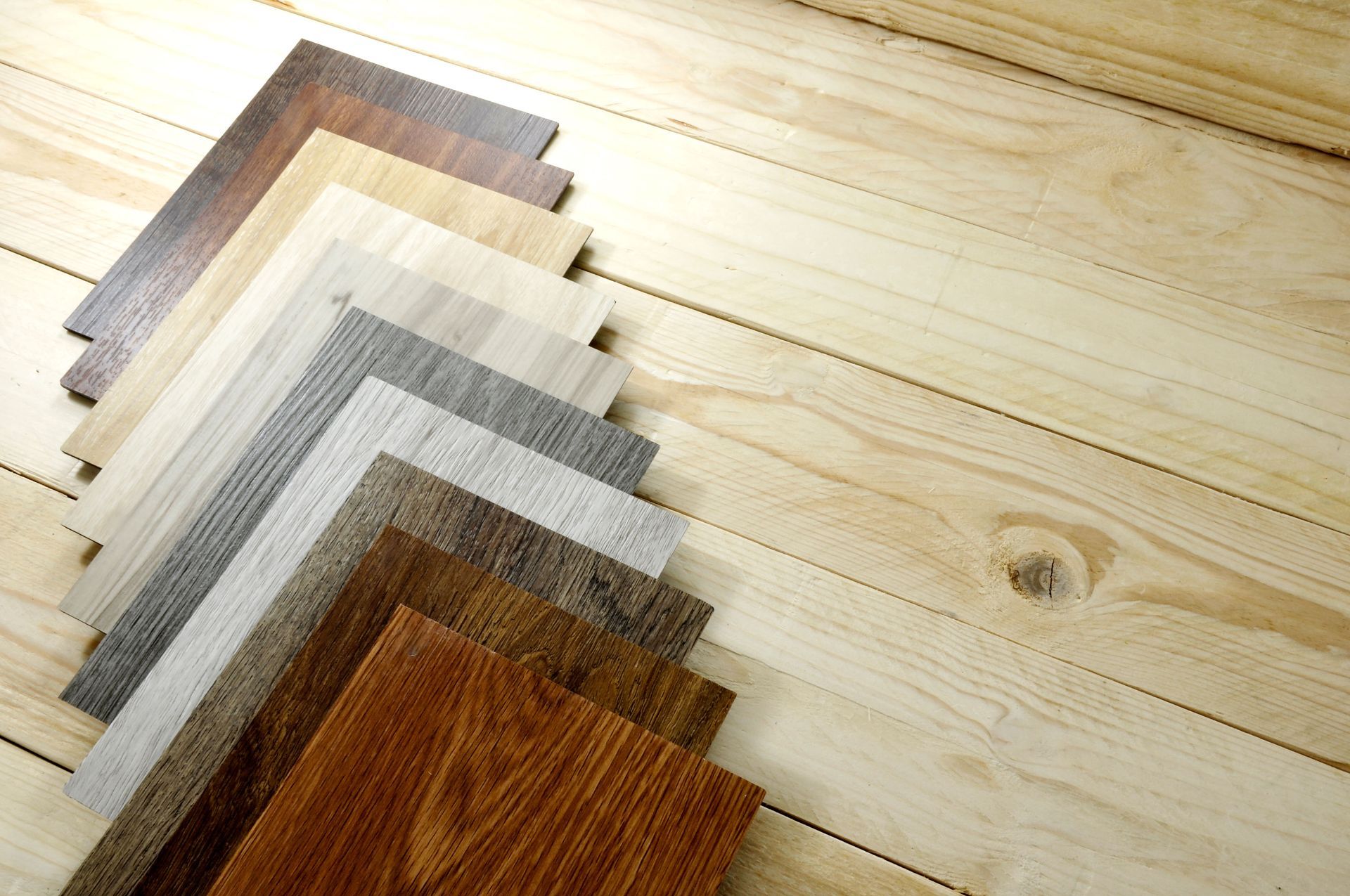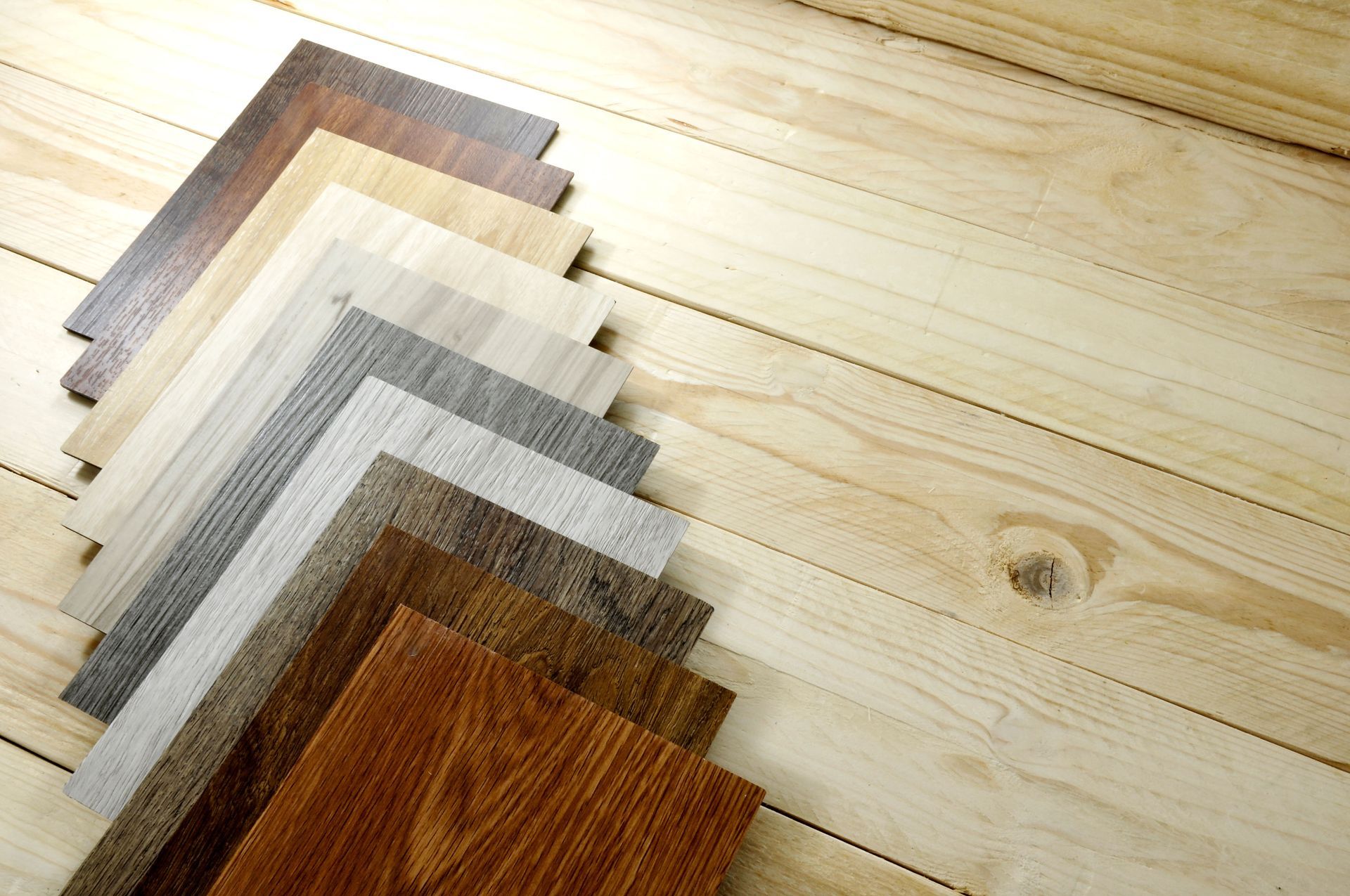5 Things to Consider When Installing Carpet in Your Home
By Dawn Jura and Greg Roff | August 18, 2025
Installing carpet in your home can dramatically change the look, feel, and function of your living space. It's a big decision that involves more than just picking a color you like. You’ll want to think about how much foot traffic your rooms get, whether you have pets or kids, and what kind of maintenance you’re willing to commit to. The right carpets can provide comfort, warmth, and even sound insulation, but choosing the wrong one might leave you frustrated with stains, wear, or fading. It’s also smart to consider your long-term needs, whether you’re planning to stay in your home for years or preparing it for resale.
From choosing the right type to understanding how it fits with your lifestyle, there are several factors to keep in mind before scheduling an install. Here are five essential things to consider when making your carpet choices.
1. Choose the Right Carpet for Your Lifestyle
Not all carpets are created equal, and your lifestyle should guide your selection. Are you a busy family with young kids and pets? Or are you furnishing a quiet guest room that sees little foot traffic? These questions can help determine what kind of carpet will suit your needs best.
For high-traffic areas, consider low-pile carpets made of durable materials like nylon or polyester. These tend to resist wear and stains better than plusher options. If comfort is your top priority, especially in bedrooms or relaxation spaces, a high-pile or textured carpet may be more appropriate. It's all about finding a balance between softness, durability, and ease of maintenance.
You might also want to think about allergies. Some carpets are designed to trap allergens like dust and pollen, while others are made to be hypoallergenic and easy to clean. Your local flooring expert can guide you through different fiber types and treatments to find the best fit.
Don’t forget to factor in color and pattern as well. Darker shades and multi-tone designs can help disguise dirt and wear, while lighter colors may brighten up a room but require more frequent cleaning. Taking the time to assess both the practical and aesthetic sides of your lifestyle will help you make a choice you’ll be happy with for years to come.
2. Understand the Installation Process
Carpet installation is more complex than simply rolling it out and stapling it down. It requires preparation, precise measurements, and skilled labor to ensure the finished product looks and performs as it should. Knowing what to expect can help you feel more comfortable and confident as the work gets underway.
First, the old flooring needs to be removed, whether it's existing carpet, hardwood, or tile. Then the subfloor has to be cleaned, leveled, and sometimes repaired before any new materials go in. Installers will lay down padding, which cushions the carpet and improves insulation and longevity. Finally, the carpet is stretched, trimmed, and secured in place using tack strips around the perimeter.
This process might take a few hours to a couple of days depending on the size and complexity of the space. Make sure to clear the area of furniture and other items before the crew arrives, and ask your installer if there are any specific requirements for prep.
3. Factor in Long-Term Maintenance and Cleaning
It's easy to fall in love with the feel of brand-new carpet under your feet, but it's also important to think about what it takes to keep that carpet looking good for years to come. Regular maintenance is key to extending the life of your flooring and keeping your home fresh.
Vacuuming should be done at least once a week, more often in high-traffic areas. Promptly addressing spills and stains with proper cleaners will help avoid permanent damage. Depending on the type of carpet and level of use, a professional deep clean every 12 to 18 months is often recommended, according to Today.com.
Some carpets are specifically designed to resist stains and fading. If you have pets or young kids, those features can be lifesavers. Don’t forget to ask about warranty details as well, since some warranties require specific cleaning intervals to remain valid.
4. Set a Realistic Budget
When you're budgeting for carpet installation, it's easy to focus only on the price per square foot. But several other costs can add up quickly. It's important to understand what you're paying for and where you can possibly save without sacrificing quality.
In addition to the cost of the carpet itself, you'll need to pay for padding and installation. Padding is not just a comfort feature—it protects your subfloor and helps your carpet last longer. Some installers may include this in their quote, but not all do, so be sure to ask.
Then there are potential prep and cleanup fees. For example, if your old flooring has to be removed or if the subfloor needs repairs, those services usually come at an extra cost. Furniture moving, disposal of old materials, and custom cutting for stairs or tight spaces may also affect your final bill.
Some installers may charge for unexpected issues that arise during the project, like leveling uneven subfloors or addressing moisture problems. These types of challenges aren't always visible during the initial consultation, so having a little room in your budget for surprises is a smart move. Getting a detailed quote before work begins is essential. Ask for itemized pricing and don’t hesitate to get a second opinion if something seems off.
5. Consider Market Trends and Resale Value
While personal taste should always be a top priority, it's also smart to consider how your carpet choice could affect your home's resale value. According to The Carpet and Rug Institute, carpet accounts for 48% of the total U.S. flooring market, which means it's still a popular choice despite the rise of hardwood and luxury vinyl.
Neutral tones tend to be more appealing to potential buyers, as they make it easier for someone to imagine their own furniture and decor in the space. Choosing carpets with timeless textures and classic colors may serve you better in the long run, especially if you think you might sell your home in the next few years.
Trendy patterns or bold colors can make a great statement, but they also risk feeling dated quickly. If you're installing carpet in a home you're planning to sell soon, it might be worth playing it safe with style and color. However, if you're creating a long-term living space for yourself, feel free to choose whatever makes you happiest.
Installing carpet is a decision that blends aesthetics, practicality, and investment. By taking time to evaluate your lifestyle, understand the installation process, plan for maintenance, budget wisely, and consider long-term value, you're setting yourself up for a smoother experience and a better result.
The right carpet can make your home feel warmer, quieter, and more comfortable. With so many options available, it's worth doing your homework to make sure your choice fits both your immediate needs and your future plans. Whether you're replacing old flooring or designing a brand-new space, the perfect carpet is out there waiting for you.
Ready to upgrade your space with beautiful new carpets? Contact Pro Flooring today to explore your options and get expert help every step of the way.





Share On: